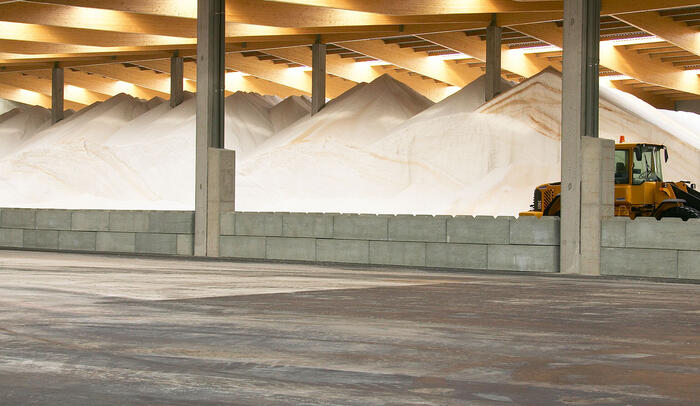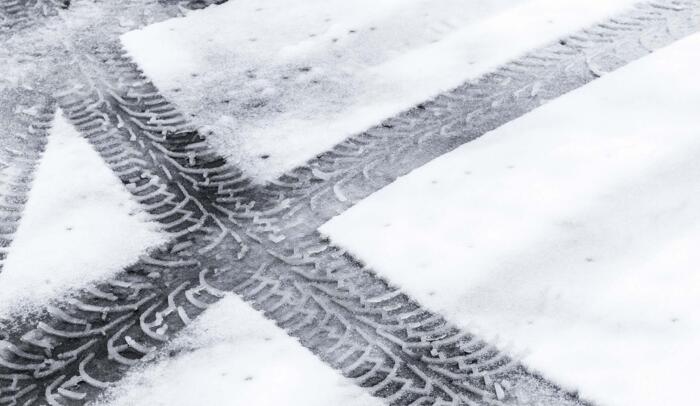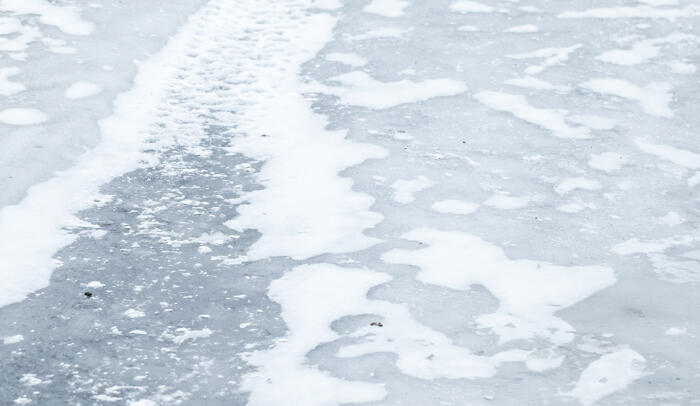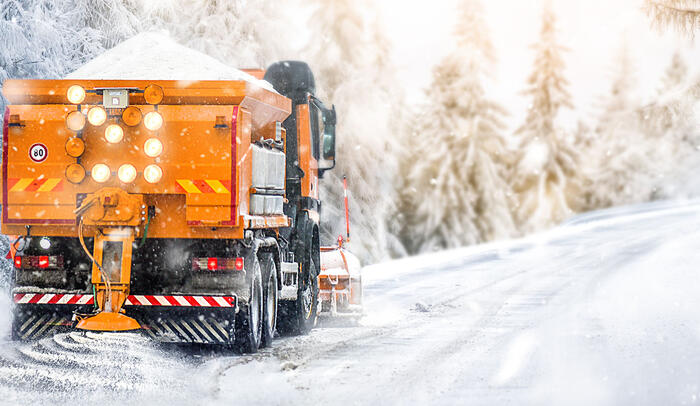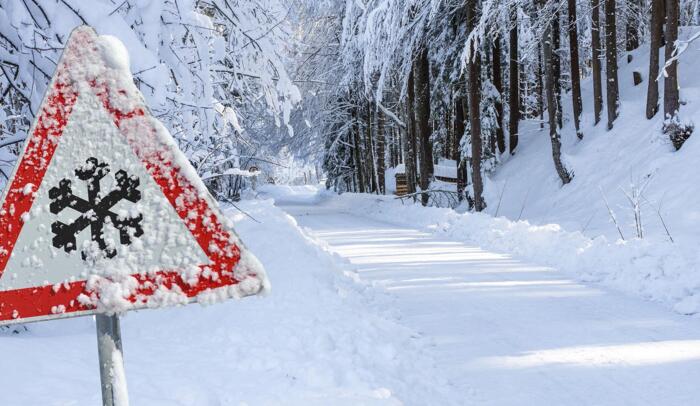5 gritting tips from the expert. How to efficiently use road salt?
Slippery drives, roads and car parks. As soon as the night-time frost starts to set in during the winter months and there's the lightest flurry of snow, you get to work with road salt to remove the snow from your drive or car park. But what are the most efficient ways of using road salt? Here are a few essential tips for gritting.
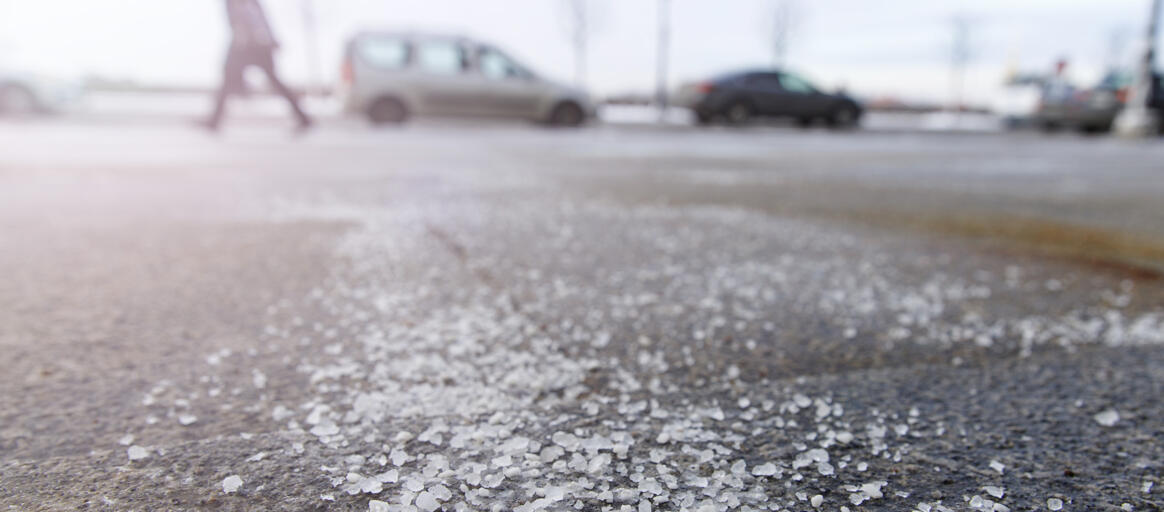
A handful of road salt for every square metre is usually sufficient. Also, make sure that you spread the road salt evenly over the entire surface.
1. Preventative gritting
Preventative gritting is the most economical and effective way of keeping your drive and doorway free from snow. If you wait until snow has fallen before you start to grit, then it's already too late. Afterwards, when it’s already slippery, you will need twice as much salt to get the same result. To keep your surface snow-free, it’s best to spread the road salt over your drive, road surface or car park before it starts to snow. So keep an eye on the weather forecast or your weather app!
2. Clearing snow
Have you been caught off guard by an unexpected snow shower and your surface is already covered in snow? In this case, it's a good idea to clear the snow before you grit. By doing this, you will get the maximum from the quantity of road salt that you use.
3. Choose the right road salt
Did you know that the grain size of the road salt determines how quickly it starts working and as a result how quickly (or how slowly) the gritted surface will become completely free of snow? Small grains sink into the slush more quickly, but also lose their effect more quickly. If you choose coarse grains, then it takes a little longer to see the result, but your drive will remain ice-free for longer. You can get the best result by using a combination of fine and coarse road salt.
4. Spread the road salt evenly
A handful of road salt for every square metre is usually sufficient. Also, make sure that you spread the road salt evenly over the entire surface. For larger surfaces, it will take you a very long time if you do all the gritting by hand. In this case, you are better off with a gritting lorry.
5. Store your road salt in a dry place
Road salt absorbs moisture so it is important to store it in a dry place. Otherwise it will begin to form lumps and will not go so far. Road salt containers, for instance, are a good solution for having salt on hand throughout the winter, so that you can immediately use it when it becomes necessary.
